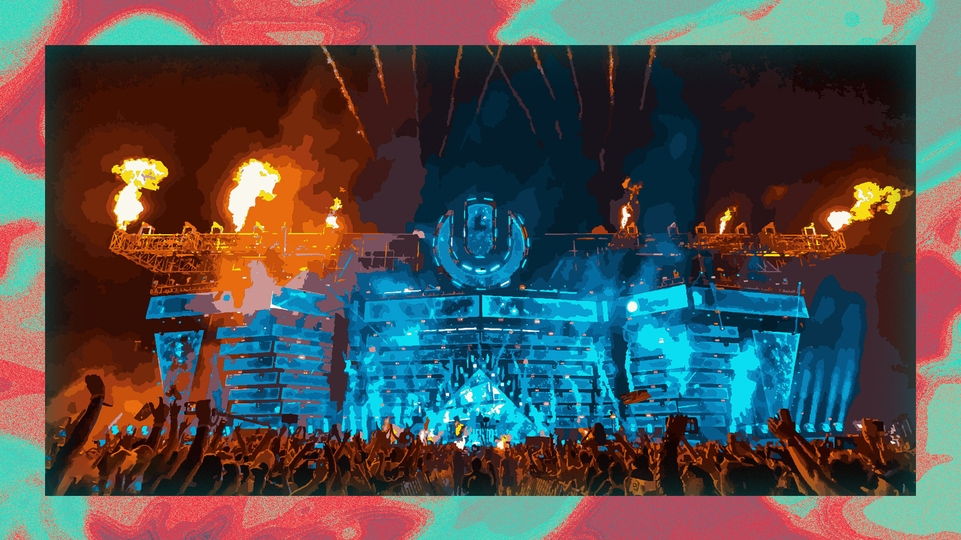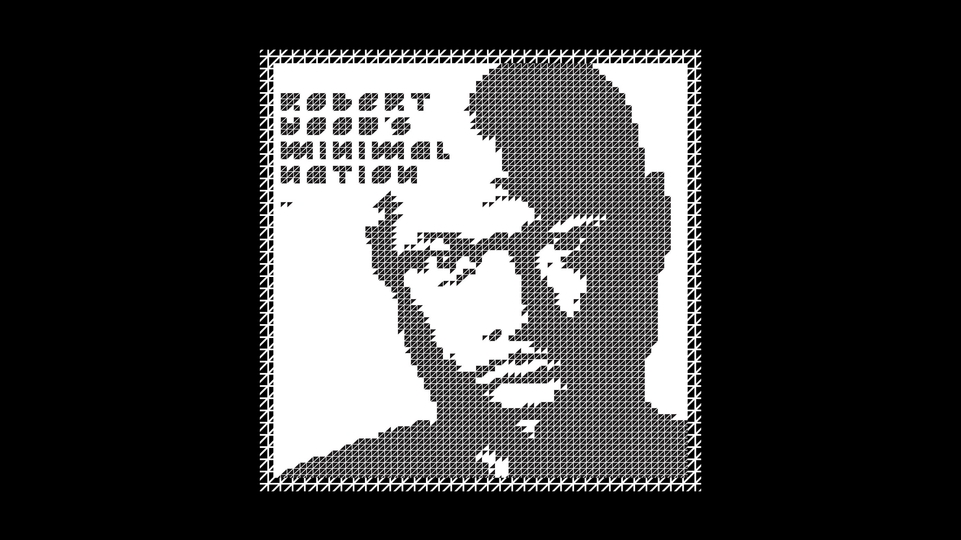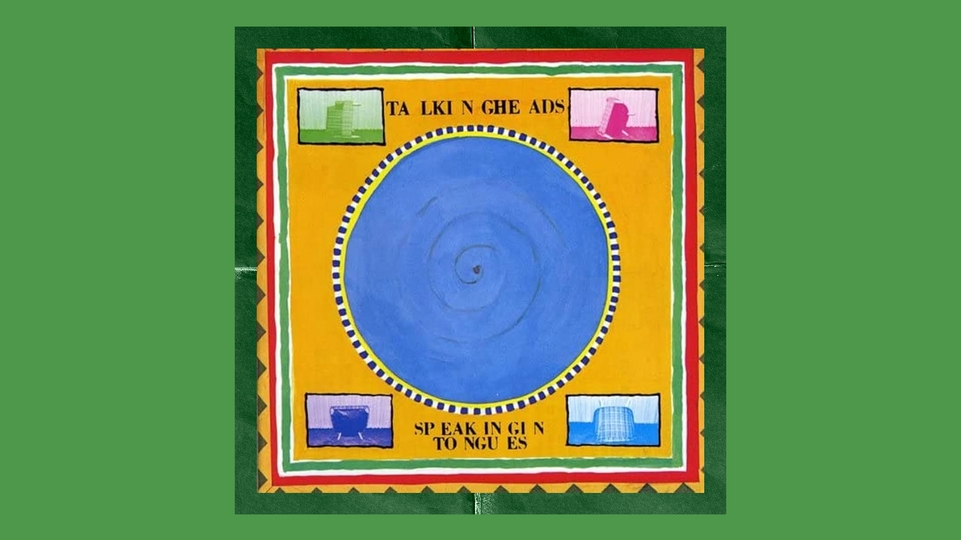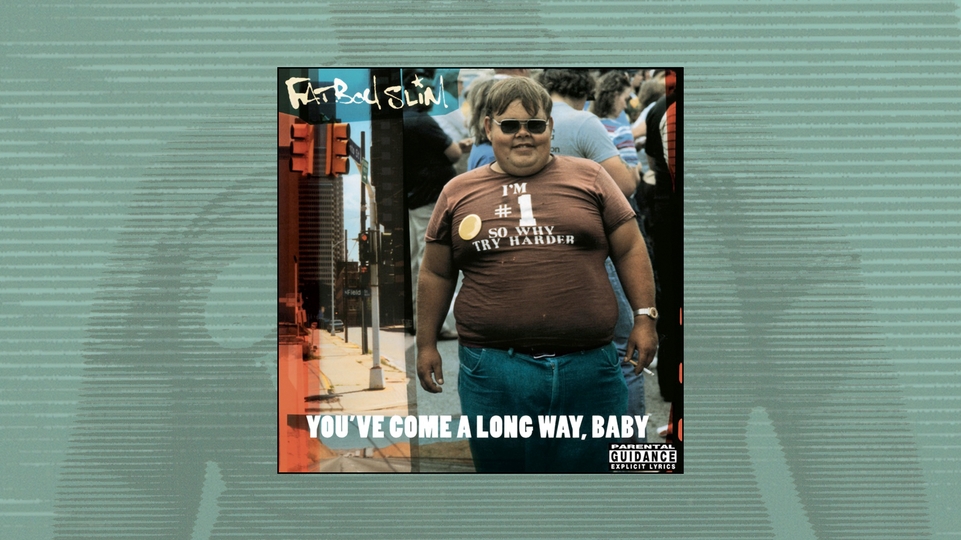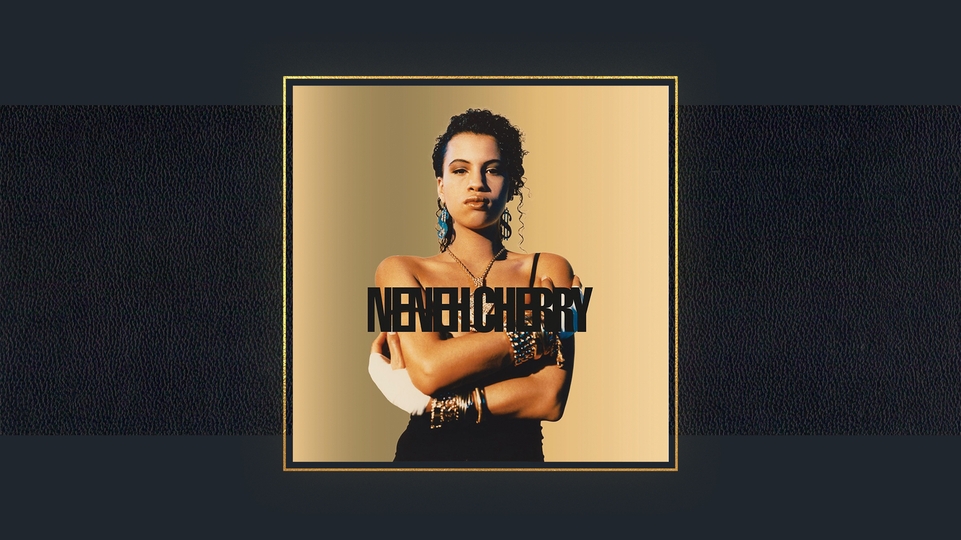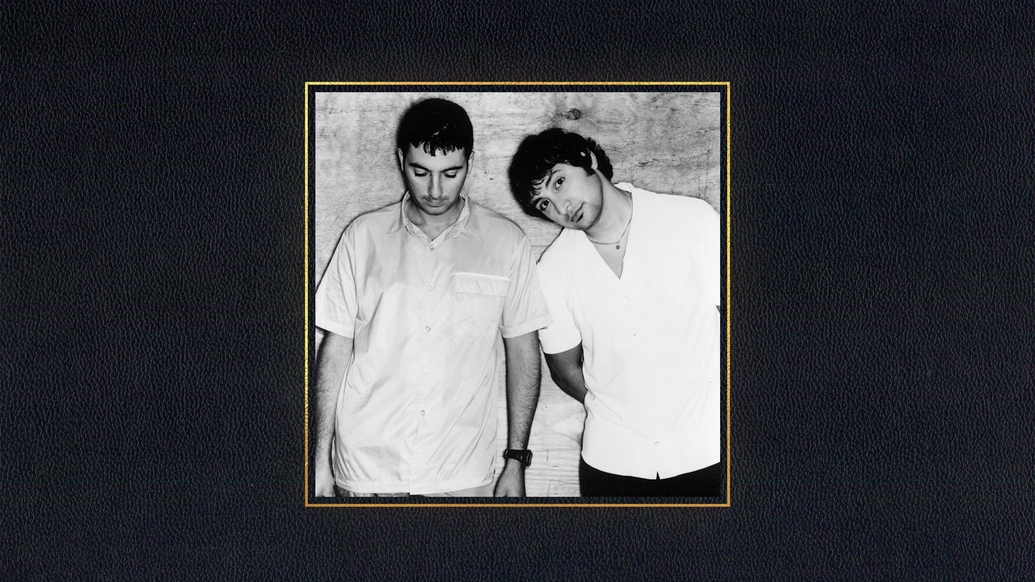
How Deep Dish's 'Junk Science' pushed house music into new territory
After six years of standalone productions and remixes, Ali “Dubfire” Shirazinia and Sharam Tayebi’s 1998 debut LP as Deep Dish marked a transition for the duo, crafting a rock / house fusion that shouldn’t work — but, 25 years on, somehow does
In the mid to late ‘90s, deep-but-commercial house had a name — and that name was Deep Dish. Okay, maybe that’s a slight exaggeration, given the incredible work of the likes of Blaze, Mood 2 Swing, Masters At Work and others during that time, but Deep Dish — aka the Washington DC duo of Ali “Dubfire” Shirazinia and Sharam Tayebi — was certainly one of the acts jockeying for the top slot in that realm, before taking a detour into trance / progressive house at the start of the 2000s that left their reputation as house masters hanging by a thread.
Two decades on, Deep Dish is one of the major ’90s house entities that still seems hardest to pin down. Both Shirazinia and Tayebi were born in Iran, moving to the USA as children, and their musical influences were far from the usual disco, funk, soul, Latin and hip-hop that many house producers were getting down to in the late 1980s. Tayebi, who emigrated to the US at the age of 14, has talked of the difficulties of finding music in post-revolutionary Iran, where Western music was illegal, which eventually translated into a love for ’80s electronic pop like New Order, Depeche Mode and Erasure when he made it to the US. Shirazinia, who moved to the US at the age of seven, spent much of his youth playing guitar in bands, developing a love for post-punk and industrial acts like Ministry, Nitzer Ebb and Einstürzende Neubauten.
It is, in part, these influences that helped give Deep Dish such a singular sound. That classic remix of De’Lacy’s ‘Hideaway,’ for instance, uses semi-industrial noises as a bed for the song’s ebullient vocal, the dark / light contrast making the sung melody all the warmer. The result slots somewhere between the metallic flash of techno and the springing funk of house — you could, perhaps, have called it tech-house.
By the time Deep Dish got around to making ‘Junk Science’, their debut album, the duo was a big thing on both sides of the Atlantic. After debuting as Moods in 1992 (alongside John Selway) on their own Deep Dish Records, Shirazinia and Tayebi flirted with a combination of names and collaborators (1994’s ‘Lonely Winter’ as Watergate comes highly recommended) before (kind of) settling on the Deep Dish moniker in 1995, a year that saw them release the excellent ‘Chocolate City’ 12-inch, as well as remixes for Janet Jackson, Dajae and De’Lacy. They became one of the hottest things in house in the process, earning them a deal with UK dance hothouse, Deconstruction.
‘Stay Gold’, the first fruit of that deal, was released in 1996 and would eventually form the backbone of ‘Junk Science’ on its release in 1998 — albeit in a re-worked form, including vocals from Everything But The Girl’s Tracey Thorn, and re-named ‘The Future Of The Future (Stay Gold)’. By this point, Deep Dish had been making club 12-inches for years, and the ambitions for an album went a lot further. “We didn’t want to make an album which sounded just like a compilation of tracks or mixes,” Sharam told the Irish Times in 1998. “That’s what a lot of house artists do, and to be honest, it’s lame and it’s disappointing. Because house music is a baby, a brand-new form of music, there’s so much you can do with it. We wanted to make something that has longevity and is something people could listen to without getting annoyed. We wanted to make an album which people could listen to in their car or while chilling in their living room. Nobody had picked up that approach before.”
“Nobody” might be pushing things a little. But the resulting album certainly went way beyond simple club thump. Of the 13 tracks on ‘Junk Science’, perhaps only three could be considered classic Deep Dish, which is to say drum-heavy club epics in which everything sounds so crisp, fresh and finely tuned you could listen to a simple drum groove roll along its merry route for hours on end. That trio of tunes — ‘Chocolate City (Love Songs)’ (a sax-frenzied club cut from 1995), a dubbed-out remix of the otherwise pretty atypical ‘Mohammed Is Jesus’ (of which more later) and the brilliantly clipped ‘Wear The Hat’ (also from 1995) — close the album, their positioning and historical origins suggesting they weren’t really part of the duo’s vision for ‘Junk Science’, great though they might be.

What precedes them on the album is far more interesting. The core of ‘Junk Science’ is a kind of rock / house fusion that shouldn’t work anywhere near as well as it does. Thorn adds vocals to ‘The Future Of The Future (Stay Gold)’, while Richard Morel, a long-time Deep Dish collaborator, lends his voice to album highlights ‘Mohammed Is Jesus’ and ‘Stranded’, his laidback, slightly rough drawl giving both songs the distinct air of country rock. All three songs feel initially outlandish in their approach, but it is a mark of Deep Dish’s immaculate programming skills — the percussion swinging like a drum machine fighting off a horny printing press — that this potentially awkward fusion swings.
‘The Future Of The Future (Stay Gold)’ might be the perfect example of why Shirazinia and Tayeb aren’t your typical house music producers. On one level, the song operates with fairly typical house tropes — a 4/4 beat, stately piano chords, etc. But Deep Dish attacks the production like Jimmy Jam and Terry Lewis’s muscular, metallic take on R&B for Janet Jackson’s ‘Control’, sprinkling the mix with an assortment of clanging, springing and echoing noises and vicious sub-bass, while the drum machine hits like a robotic kick to the head. Morel also features on ‘My Only Sin’, which foregrounds the group’s industrial influences to create a lightly countrified take on Nine Inch Nails (that NiN never worked with ’90s-era Deep Dish seems a gigantic missed opportunity), while ‘Intro (Morning Wood)’ and the album’s title track are works of steely ambience, like The Orb’s ‘U.F.Orb’ falling rustily to earth.
‘Summer’s Over’ is even darker, a sprawling, gothic take on house, that promises as little joy as the song’s title suggests; and ‘Monsoon’ is — and why the hell not? — a brooding drum & bass number that kicks like an immaculately coiffured mule. Perhaps most surprising of all, though, are the two songs where the pair’s Middle Eastern roots appear to come to the fore. ‘Sushi’ initially sounds like a fairly standard Deep Dish roller, all sneaky percussive licks and moody chords, only for an atmospheric melody to waft slowly out of the mix like a particularly haunting work of, perhaps, Persian classical music. ‘Persepolis’ makes the connection more explicit, featuring Nader Majd on vocals and tar (an instrument from the lute family) over an ominous electronic drone.
Shirazinia and Tayebi have the innate ability of expert arrangers to bend disparate elements to their will, bringing countrified vocals, an English folk group, industrial heft, guitars, and drum & bass tempos to spectacular heel on a debut album whose clinical precision suggests peak Kraftwerk gone house. This is why Shirazinia and Tayebi are such great remixers, and this is why ‘Junk Science’ fulfills the duo’s desire of going to the car, the living room, and beyond.
It is, perhaps, a shame that there is no definitive album document of Deep Dish version 1.0. in the pair’s scuba deep, metallic clubby form — the 1995 ‘Penetrate Deeper’ DJ mix album they did for TRIBAL America will have to do — but it is hard to argue with the duo’s desire to push house music into the future.
‘Junk Science’ reached 37 in the UK charts and delighted house heads worldwide. But for fans of their inventive, industrial-influenced production style, things went downhill from there, as Deep Dish hit the commercial jackpot with songs like ‘Flashdance’ and ‘Say Hello’. The second album, 2005’s ‘George Is On’, was another hit, but the two fell out while recording it, spending more time together in the studio arguing than making music, and they split in 2006 to pursue solo careers, with only a brief reunion in 2014.
25 years on, Deep Dish’s legend is rather opaque. Their solo careers have meant Shirazinia and Tayebi have remained in the public eye, but Deep Dish doesn’t really get a mention in the ’90s house pantheon alongside the likes of MAW and Blaze, a position they undoubtedly merit. Deep Dish was, at one point, huge — more importantly, they were huge and brilliant; their industrial funk pushed house music into immaculately tendered new fields.

